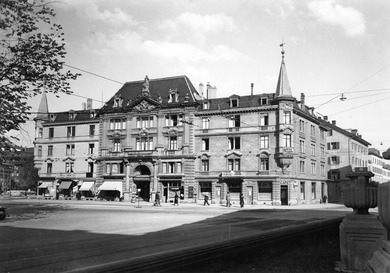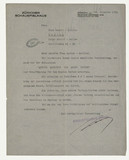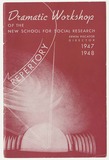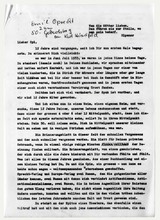Schauspielhaus Zurich
Schauspielhaus Zurich
After 1933, many actors who had to flee Germany found a new place of work at the Swiss Schauspielhaus in Zurich. The owner of the theatre, Ferdinand Rieser, helped numerous stage artists, including Leonard Steckel, who came to Zurich with his wife, dancer Jo Mihaly, to cross the border to Switzerland. Thanks to the work offered by Rieser, Steckel was granted a residence permit. Rieser and his staff expressed their anti-fascist attitude not only by hiring emigrated artists but also in their selection of plays.
The bill included plays that were forbidden in Nazi Germany, such as plays by writers Franz Werfel or Bruno Frank. They also staged German classics with reference to the current political situation, from Goethe's Goetz von Berlichingen to Schiller’s Die Räuber. During the Second World War, Rieser’s theatre was one of the most important stages for premiering the works of exiled authors. For example, Der gute Mensch von Sezuan by Bertolt Brecht directed by Leonard Steckel premiered there in 1943.
Due to increasing attempts by the German authorities and nationalist-minded Swiss to influence the theatre, Riesler sold the building and emigrated to the USA in 1938. However, they did not succeed in influencing the theatre’s bill. It was leased by the Neue Schauspiel AG, which partly consisted of Riesler’s old comrades, and director Kurt Hirschfeld kept managing it in line with the previous anti-fascist spirit of the house.






